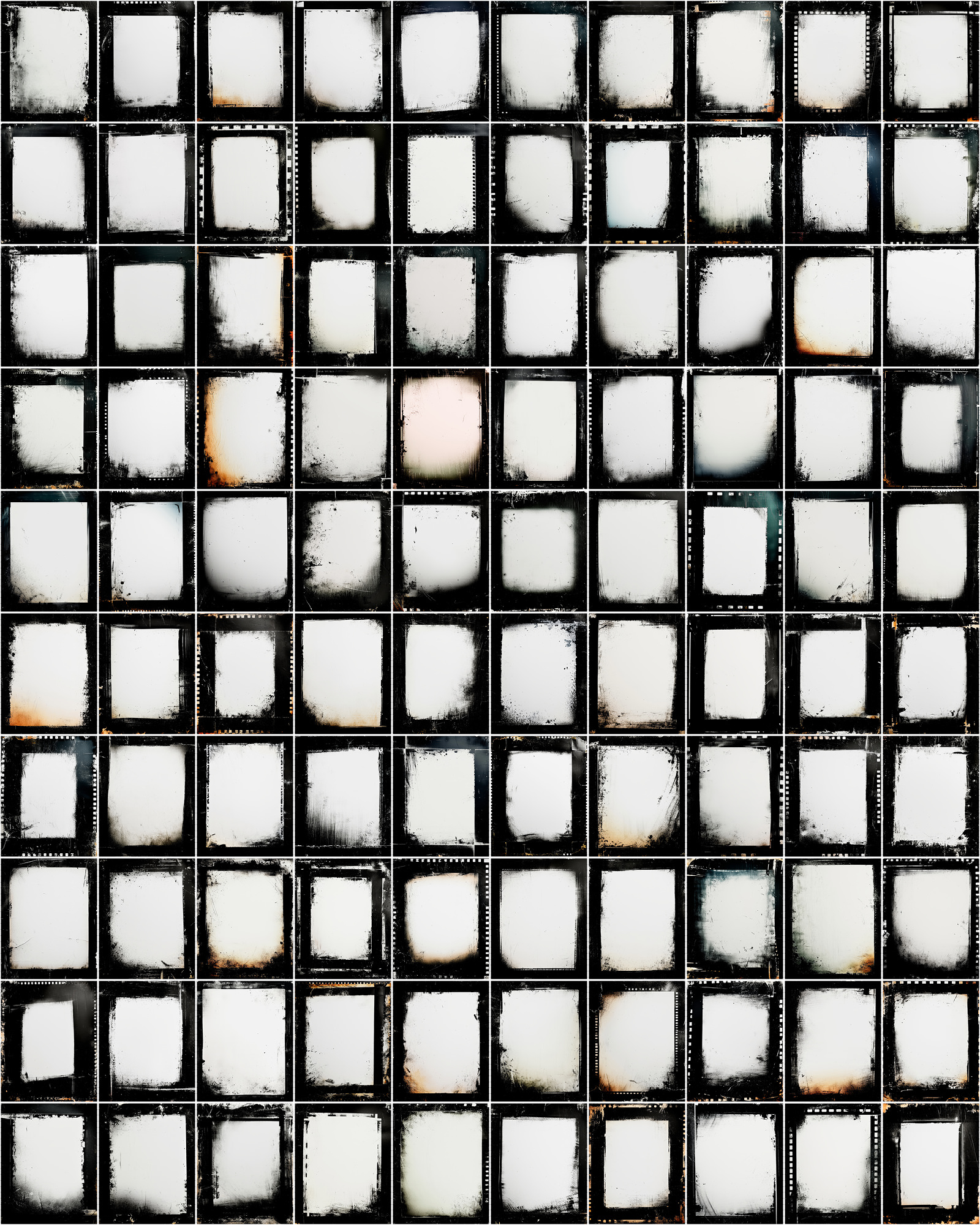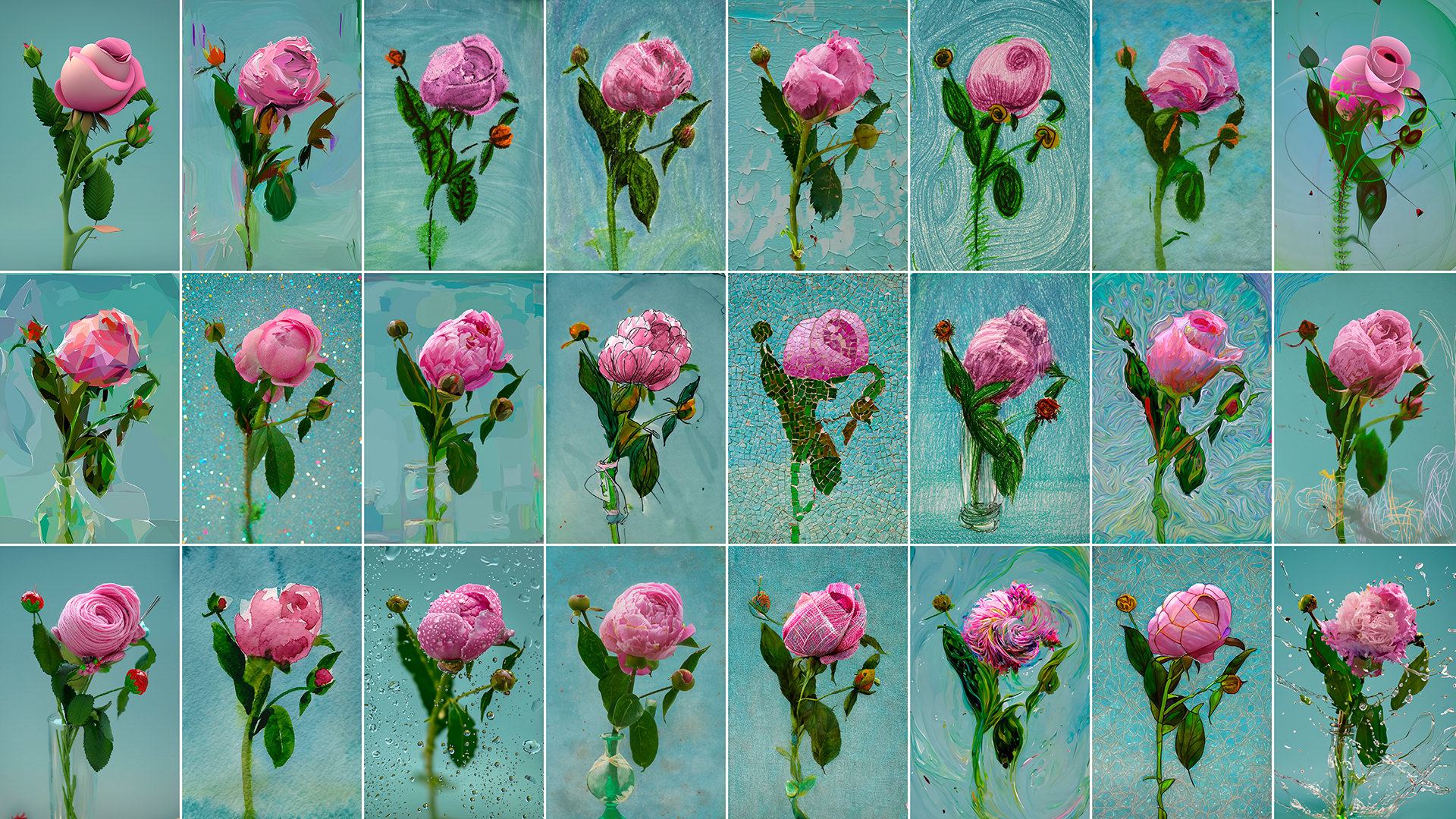I just finished up writing a new book, all about the Canon 70D, which will be my third camera-specific book I’ve written so far. One of the requirements for the book is to have a product photo of the camera, which I always photograph myself, and in the past I would turn to studio lights and an elaborate setup to get a nice white-background and well-lit image of the camera. Since my last camera book, I’ve moved three times to three different states, and I have also packed away most of my off-camera lighting gear. My photography subjects have changed quite a bit and I tend to rely more on natural light to get the look I’m after. So, today, when realizing I needed to create isolated on-white product photos of the camera, I had to figure something out.
One of the subjects I tend to photograph the most is food, and I do it all in the comfort of my own home. I don’t have a fancy studio, in fact, in the past four years all of the places I’ve lived (five different homes) I have had similar setups in each of them. (Basically, my food photography “studio” setup will work almost anywhere.) So I decided to use my food photography setup and see if I could make it work with my camera photograph. And, the good news is that yes, it did! Here is a photograph of my setup I used to photograph the camera above:
Gear List
Here is the gear, along with a short explanation of each item used to create this shot:
- Tripod: This is a must with this type of work. When photographing with window light at low ISOs (I usually use ISO 100 to keep the noise levels down) your exposure can be upwards of several seconds, depending on your aperture (a wider aperture would mean a shorter exposure time).
- Lots of window light: I have my table set up against a patio window, so the light is really spread out. As you can see for this setup, however, all of my blinds were shut but there was still enough light coming in to light up my scene. I also have light coming in from other windows in the room, and my overhead light is a daylight-balanced CFL bulb so if it’s turned on (which it was for this setup) then it did not adversely affect the light for my shot and added a touch of fill light to the scene.
- Diffuser: I don’t always have a white foam board up against the backdrop of my setup, but I still need to cut out some of the light coming through the window, especially when the blinds are opened. If you have harsh light coming in, then a large diffuser is a good solution to soften that light. The one I have here (and highly recommend for this setup) is a 4-ft by 6-ft Lastolite Panelight Collapsible Diffuser.
- White foam board: Foam board is an excellent tool to use for setups like these. It also is super cheap! You can pick it up at craft stores for $1-2 each. I have gobs of it and am always throwing it around my scenes to block light and tame reflections. (BTW, black foam board is also good to have on-hand, just in case you need to cut light from an area instead of reflect it.)
- White board under the subject: For this scene I used a board I had lying around that had a white reflective surface on it. You can find items like this at home improvement stores (and if you want a large piece, look for tile board; you can get large pieces that are very inexpensive.)
The great thing about the setup I use is that it’s not only good for white background shots. It also works extremely well with other types of product images, which would work really well if you sell items on a website such as Etsy, eBay or Craigslist. For this image I photographed some of my recent wheel-thrown ceramics, and instead of doing it all on a white backdrop I added some textiles underneath for color and texture.
I just finished up writing a new book, all about the Canon 70D, which will be my third camera-specific book I’ve written so far. One of the requirements for the book is to have a product photo of the camera, which I always photograph myself, and in the past I would turn to studio lights and an elaborate setup to get a nice white-background and well-lit image of the camera. Since my last camera book, I’ve moved three times to three different states, and I have also packed away most of my off-camera lighting gear. My photography subjects have changed quite a bit and I tend to rely more on natural light to get the look I’m after. So, today, when realizing I needed to create isolated on-white product photos of the camera, I had to figure something out.
One of the subjects I tend to photograph the most is food, and I do it all in the comfort of my own home. I don’t have a fancy studio, in fact, in the past four years all of the places I’ve lived (five different homes) I have had similar setups in each of them. (Basically, my food photography “studio” setup will work almost anywhere.) So I decided to use my food photography setup and see if I could make it work with my camera photograph. And, the good news is that yes, it did! Here is a photograph of my setup I used to photograph the camera above:
Gear List
Here is the gear, along with a short explanation of each item used to create this shot:
- Tripod: This is a must with this type of work. When photographing with window light at low ISOs (I usually use ISO 100 to keep the noise levels down) your exposure can be upwards of several seconds, depending on your aperture (a wider aperture would mean a shorter exposure time).
- Lots of window light: I have my table set up against a patio window, so the light is really spread out. As you can see for this setup, however, all of my blinds were shut but there was still enough light coming in to light up my scene. I also have light coming in from other windows in the room, and my overhead light is a daylight-balanced CFL bulb so if it’s turned on (which it was for this setup) then it did not adversely affect the light for my shot and added a touch of fill light to the scene.
- Diffuser: I don’t always have a white foam board up against the backdrop of my setup, but I still need to cut out some of the light coming through the window, especially when the blinds are opened. If you have harsh light coming in, then a large diffuser is a good solution to soften that light. The one I have here (and highly recommend for this setup) is a 4-ft by 6-ft Lastolite Panelight Collapsible Diffuser.
- White foam board: Foam board is an excellent tool to use for setups like these. It also is super cheap! You can pick it up at craft stores for $1-2 each. I have gobs of it and am always throwing it around my scenes to block light and tame reflections. (BTW, black foam board is also good to have on-hand, just in case you need to cut light from an area instead of reflect it.)
- White board under the subject: For this scene I used a board I had lying around that had a white reflective surface on it. You can find items like this at home improvement stores (and if you want a large piece, look for tile board; you can get large pieces that are very inexpensive.)
The great thing about the setup I use is that it’s not only good for white background shots. It also works extremely well with other types of product images, which would work really well if you sell items on a website such as Etsy, eBay or Craigslist. For this image I photographed some of my recent wheel-thrown ceramics, and instead of doing it all on a white backdrop I added some textiles underneath for color and texture.

Nicole is a photographer, published author, and educator specializing in Lightroom, Photoshop, and photography. She is best known for her books on food photography but is widely versed in various photographic genres, including landscape, nature, stock, travel, and experimental imagery.














